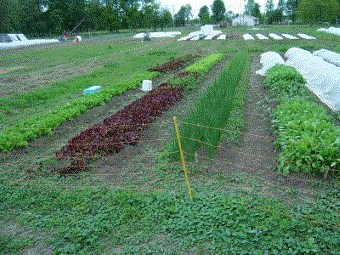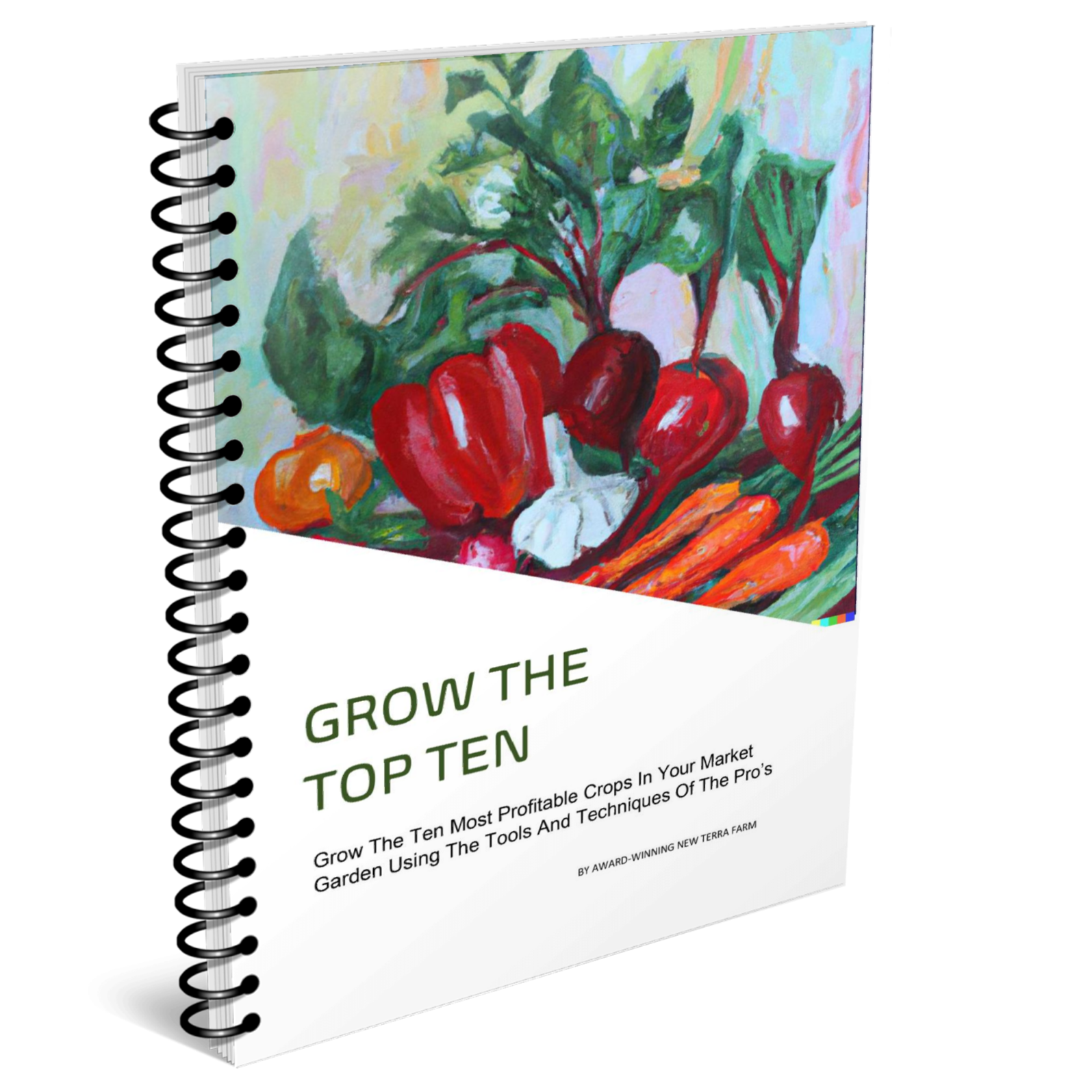High Income Crops for the Market Gardener (or Ambitious Backyard Grower)
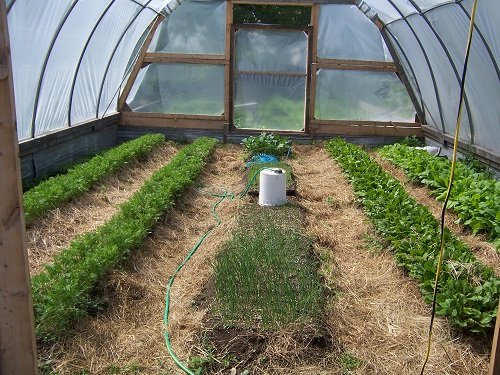 Carrots, beets, and bunching onions are one of my favorite high income crops if planted early and intensively
Carrots, beets, and bunching onions are one of my favorite high income crops if planted early and intensivelyI’ve read a few articles about growing high income crops, and after a while I noticed some similarities:
1 - They all seem to converge on maybe a dozen choices e.g. ginger, grapes, lavender, even cotton;
2 – They don’t pay a lot of attention to other factors that may affect your crop choice. For example, I can’t really see a backyard cotton garden getting very far.
So what’s often missing when considering high income crops is an evaluation of your environment. In other words you must evaluate your market and your methods as well as the potential profitability of the crop. What works for me may not work for thee, depending on these conditions.
Another factor is timing. I’ve mentioned in other articles
that I use some valuable greenhouse space to grow an early planting of beets
and carrots (see first picture). Not always a very profitable crop choice, but it works for me,
because I am often the only grower at my earliest markets with these crops. I
can charge a premium, and also establish a clientele early in the season.
You can grow a LOT of carrots and beets in a relatively small space with intensive planting. Intensive planting ups the income per bed. I also start beets indoors under lights and transplant them to the greenhouse. This allows for precise spacing and eliminates thinning.
The greenhouse has worked out so well I'm planning to build another one. I found a great source for parts and supplies, and other market garden necessities; read my review here.
I also like to use a framed raised bed for these first crops, let's me use the whole surface of the bed without the edges collapsing when I water them.
I use pelleted carrot seed for the same reason, precise spacing that eliminates thinning. High Mowing Organic Seeds has a nice selection, here's one of my favorites for early markets. And they sell in commercial quantities for the market gardener.
So with all that as foreword, here are the other high income crops that seem worth a spot on the list.
My most profitable high income crop - Garlic
Garlic is the crop that probably makes me the most money for the least work of any on the list. I plant it in late fall/early winter, depending on forecasts. This is great because the rest of my garden work is done.
I plant through plastic mulch, often re-using a bed that grew snap beans or lettuce earlier in the season. The spacing is similar enough to make this work, about 6 inches apart in all directions.
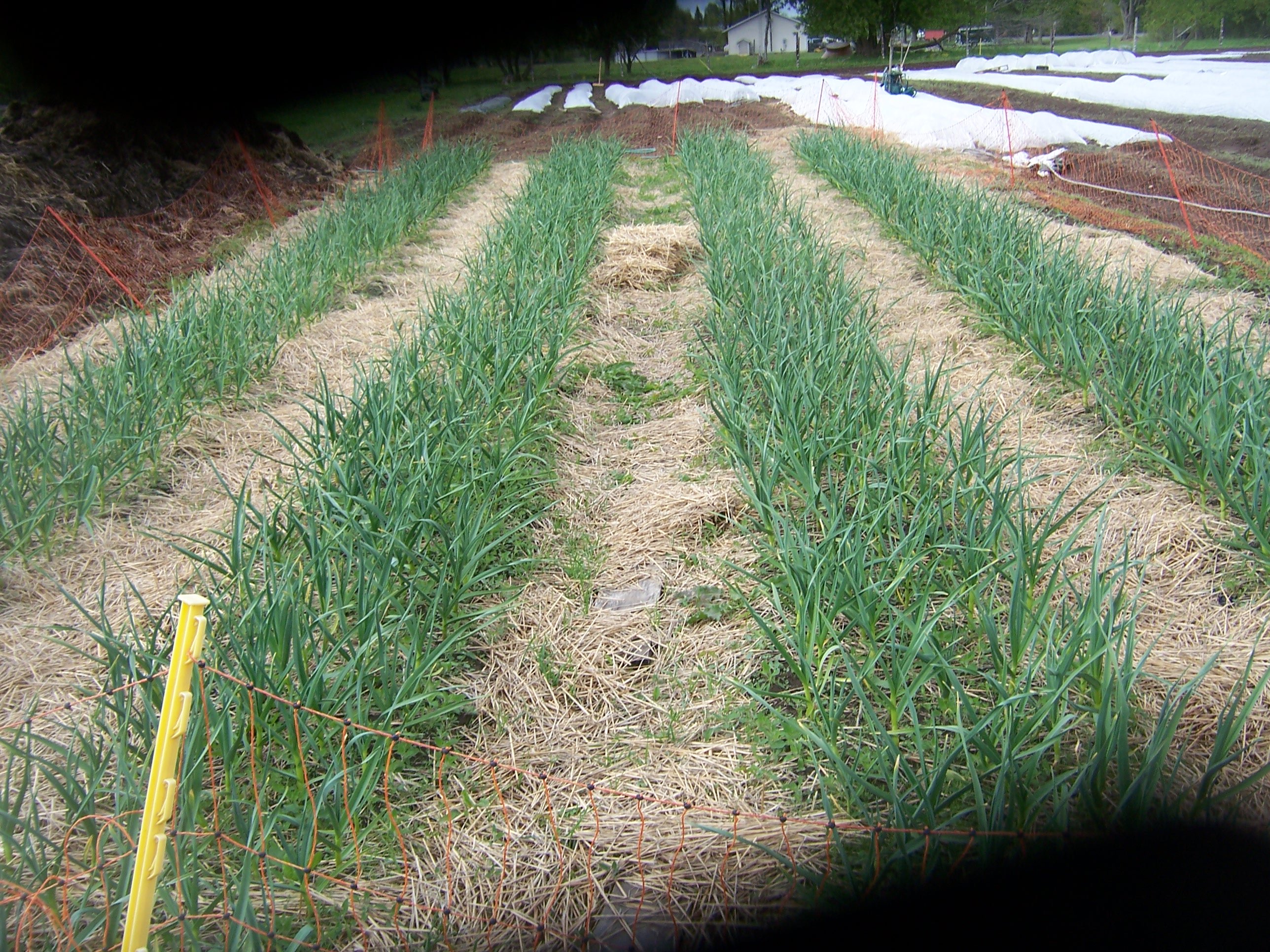 Reuse the winter mulch in the aisles to keep the weeds down
Reuse the winter mulch in the aisles to keep the weeds downAfter a good freeze, I cover the garlic beds with a layer of mulch hay, and cover that with a layer of row cover. I remove the mulch in the spring and harvest and cure the garlic mid-July.
I can sell all I grow, at $12/lb. And the best part of this
is, I keep enough of the bulbs so I can re-plant my own garlic again in the
fall. This is pretty much the perfect cash crop for small farm or backyard grower. The variety I grow
most is Music, but check with local growers to find one that works for you. Here's a little more about how I grow garlic
Grow greens right for easy profits
I wouldn’t have said this a couple years ago, but since we started growing mesclun using a soil-less mix in trays, I’m a fan.
This was always a popular crop with customers, and we could sell a 6-ounce bag for $4. But the labour cost of weeding and harvesting when growing in soil made it hardly worthwhile.
Now, care is simply making sure the trays are kept adequately watered and fed; I alternately feed organic fish emulsion and liquid kelp. Then it’s clip, rinse, spin and bag. Less fuss, more cash.
Here's a great deal on an all-in-one sprouting and micro-green kit that includes a sprouting jar.
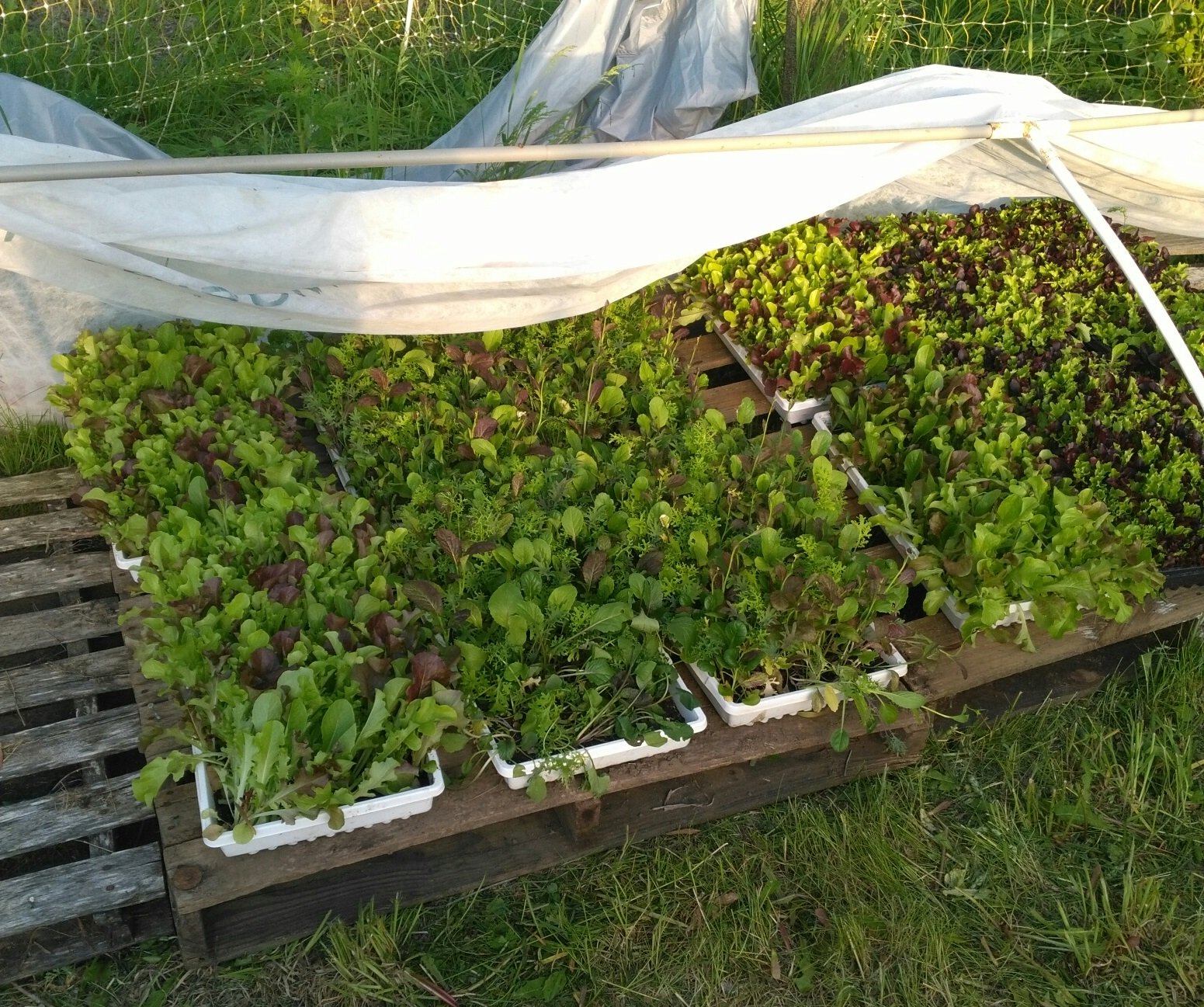 I cover the trays with row cover to keep out the drop-ins
I cover the trays with row cover to keep out the drop-insFlowers and herbs are popular at early markets
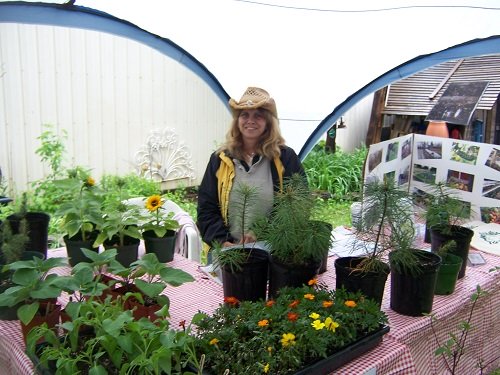 Suzie selling sunflowers
Suzie selling sunflowersWe sell an assortment of annuals and culinary herbs in 4
inch pots. The most popular single item continues to be a mini-sunflower from
Johnny Seeds. There's a nice selection of heirloom herbs and flowers here.
We can use the space in
the aisles in our greenhouse to keep the trays of bedding plants for sale. Very little cost or care required, and we sold
the Sunny Smile sunflowers for $6 each, or two for $10.
This is good early-season income; in fact we only plan on 3 or 4 weeks of sales until other crops start coming in.
Mini sweet peppers are a sweet seller
Mini ‘lunchbox’ sweet peppers produce very abundantly and the basket of mixed colors was very popular. A basket of peppers like the one shown (it’s a Johnny’s picture, I couldn’t find a good shot from my market stand) sold for $5.
The little plants were very prolific, ripening peppers early and often. I had some old small ‘tomato’ cages that are way too small for tomato plant, but worked very well to keep the peppers upright and easy to pick.
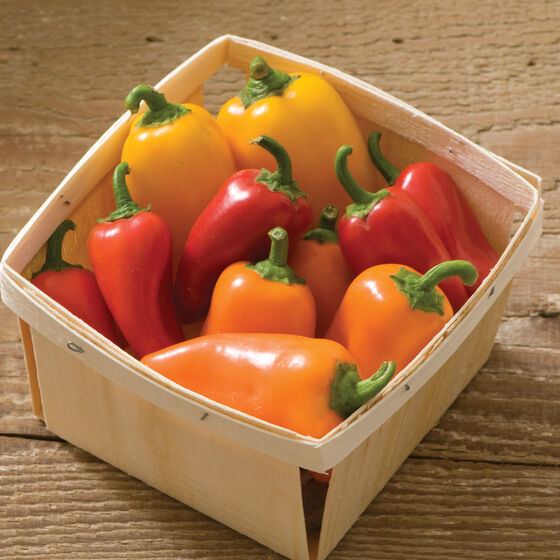 My customers snapped these up
My customers snapped these upStrawberries are a high income crop IF you are set up right
Strawberries are not a crop I grow, and it’s probably not for the real small operator or first-time grower. I’m including it on the list of high income crops because it has proven to be very profitable for one of my market buddies. Just Farms in Alexandria grows a LOT of strawberries, and they have gotten very good at it.
Strawberries are usually one of the first crops harvested; Just Farms keeps the harvest going all season by using multiple plantings and several cultivars. They sell very well; I’ve seen my friend Alex Just come to the market with 14 flats of strawbs, and sell out (this is at a market in a village with a population of about 1,500 people). They also sell at several other markets and roadside stands.
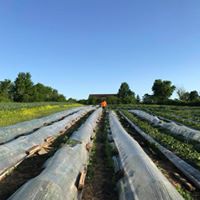 Mulch, row cover, and multiple plantings
Mulch, row cover, and multiple plantingsHere’s where that evaluation of your environment and you capabilities come in. Just Farm has developed a system over many years, involving multiple varieties, mulch, row cover and overhead irrigation.
They also hire about 7 summer-time field workers. It’s is a labour- and management-intensive crop, but if you build a good system you can make a lot of money.
You can read more about some crops that worked and some not so much in our 2019 New Terra Farm Review Part 1 and Part 2
Other links of interest
Here's my curated list of micro-farm equipment for the small grower
Check out some great products for farmers and gardeners here farm grown reviews
This is a pretty good article about Urban Survival.
Diversify, but do it smart. Read this before you start. Farm Side hustles that work in the real world
You might also want to up your survival game with my Homestead Book Bundle
And, because there is more to survival than just food, here's a resource with literally HUNDREDS of great tips and low-cost projects for your homestead. The Self Sufficient Backyard. Highly recommended.
If I were to start from scratch...
If I re-launched the New Terra Farm Market Garden today, I would make some changes.
There have been great advances in cultivation techniques and technology for small growers in the last 10 years. I've documented what I think are the best of these in my New Special Report: "Grow the Top Ten Most Profitable Vegetables".
This Special Report can help you Grow like the pro's for maximum productivity (and profit)!
- Home Page ›
- High income Market Garden ›
- High Income Crops
- Home Page ›
- Vegetable Farming for Profit ›
- High Income Crops
Got questions to ask, stories to tell?
Share your organic market gardening question, or comment, or story.
